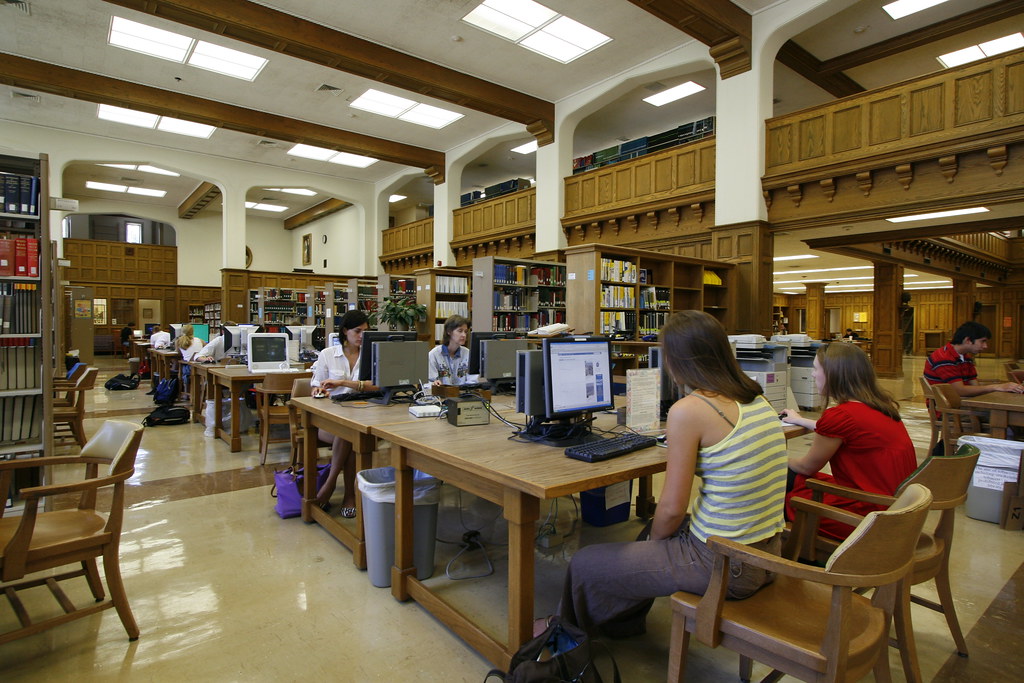
Even before the onset of the COVID-19 pandemic, mental health on university campuses was a topic of growing concern.
Although this initially focused on the high incidence of depression and anxiety among university students, a number of researchers, academics and their unions began to highlight the impact of heavy workloads and intense competition on full-time and contingent faculty’s mental health.
The pandemic has amplified many of these issues.
As a researcher on the Healthy Professional Worker Partnership, which examines the relationship between academics’ mental health, leaves of absence and return to work, among six other professions, I have come to understand this first-hand.
We have found that academics experience much higher burnout rates than the general population due to ever-increasing demands for productivity, not just with respect to teaching but also for research and service work, such as serving on committees and organizing conferences.
The need to rapidly shift courses to remote instruction and meet research and service obligations while also ‘working’ from home has further intensified the already demanding conditions of academic work.
Women have been hit hardest. The pandemic has exacerbated existing gender and other inequities among faculty.
The need to care for children during working hours disproportionally affects women faculty. Early in the pandemic, journal editors found that women academics were submitting fewer manuscripts for publication than their male counterparts. Publications are critical for faculty progress and continued research funding that will persist beyond the pandemic.
Women faculty are also more likely to offer emotional support to students, many of whom are themselves coping with added stress and anxiety. This disproportionate burden on women academics adds to their increased stress, anxiety and burnout.

Contingent or part-time faculty—disproportionately women and racialized minorities—are especially hard hit.
Members of the public don’t realize that much of the undergraduate teaching in universities is performed by instructors who are precariously employed, receiving relatively low pay and limited job security. Compounding their precarity is the uneven burden on faculty who have the least status and power.
Some universities are creating the conditions for inequality among faculty by implementing policies that fail to take gender, race, disability and employment status into account.
A petition circulated against the University of Toronto’s fall reopening plan, which includes a hybrid model of in-person and online teaching, argues that the plan places “disproportionate risk on the most precariously employed workers.”
What Is the Solution?
While it is critical to ensure faculty have access to adequate mental health services, universities can and should do more to address the working conditions that contribute to poor mental health, particularly during the pandemic.
An open letter co-signed by several faculty from the university’s Dalla Lana School of Public Health encourages university administration to improve job security for precariously employed workers and address how the gendered responsibility for caregiving negatively impacts academic productivity and mental health.
The signatories encourage the university to develop a collective response to redress uneven obligations for child and elder care rather than placing the burden of responsibility on individual faculty to seek accommodations.
University administrators must offer tangible resources, such as access to paid childcare, and adjustments to teaching, research and service obligations that recognize the unequal distribution of caregiving responsibilities among faculty.
Universities must also modify evaluation criteria for tenure and promotion along the same lines, recognizing that the pandemic does not impact all faculty equally. Contingent faculty should be afforded greater stability and supplemental income that acknowledges the economic stress associated with the pandemic and the additional demands involved in remote and hybrid instruction.
The pandemic has worsened existing inequalities among faculty and highlighted the relationship between academic work and mental health issues. Rather than focusing on short-term solutions, we have the opportunity now to think beyond the present situation and imagine how to address high rates of burnout among faculty that are unevenly distributed by gender, race and disability.
The Memorial University Faculty Association has taken a step further, arguing that now is the time for faculty to engage in collective action with labour unions both within and beyond the university to fight for universal childcare and increased public funding for universities.
The quality of academic instruction and research output depends on providing full-time and contingent faculty with sufficient support during the pandemic and beyond. There’s no better time than now.
You may also like:





